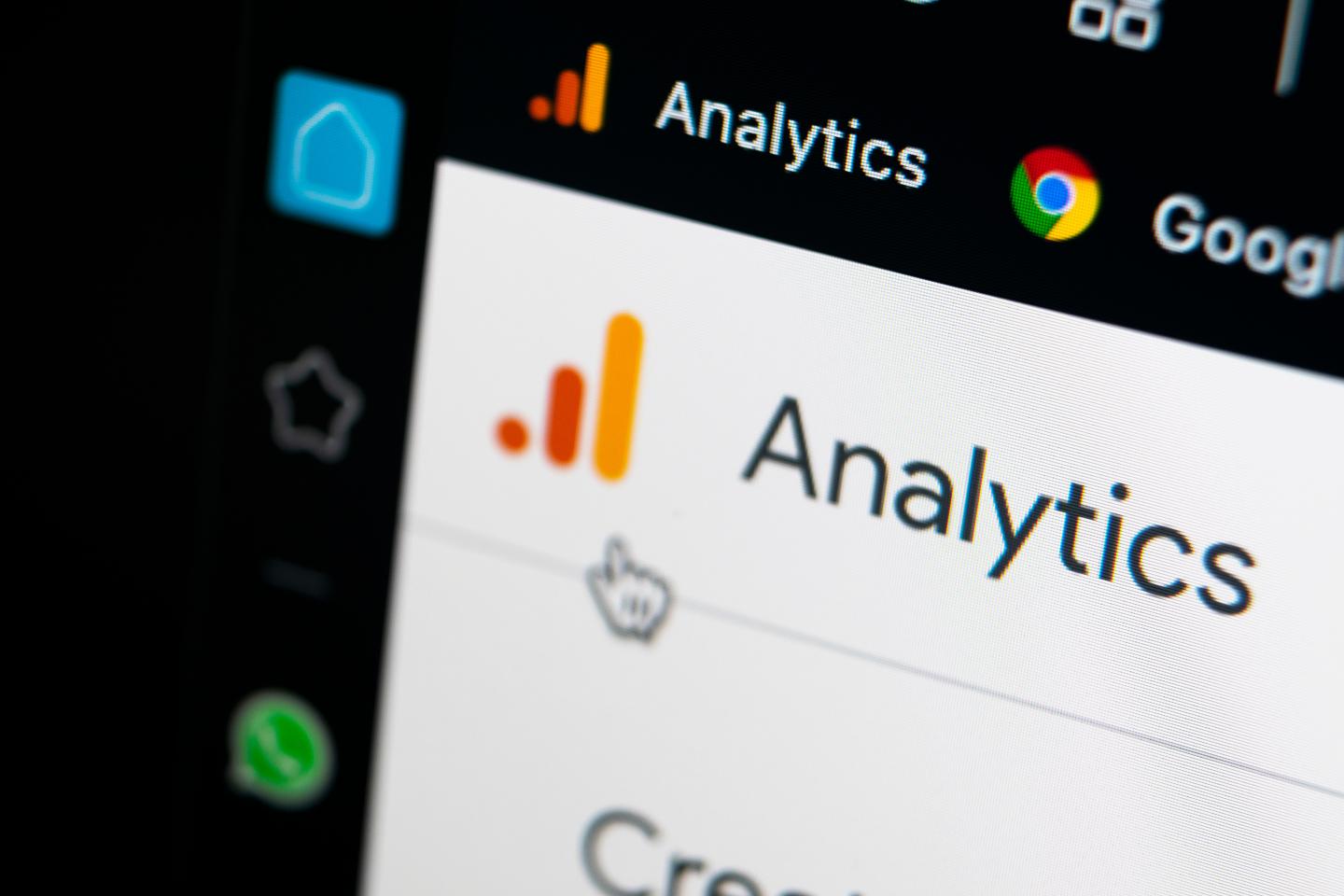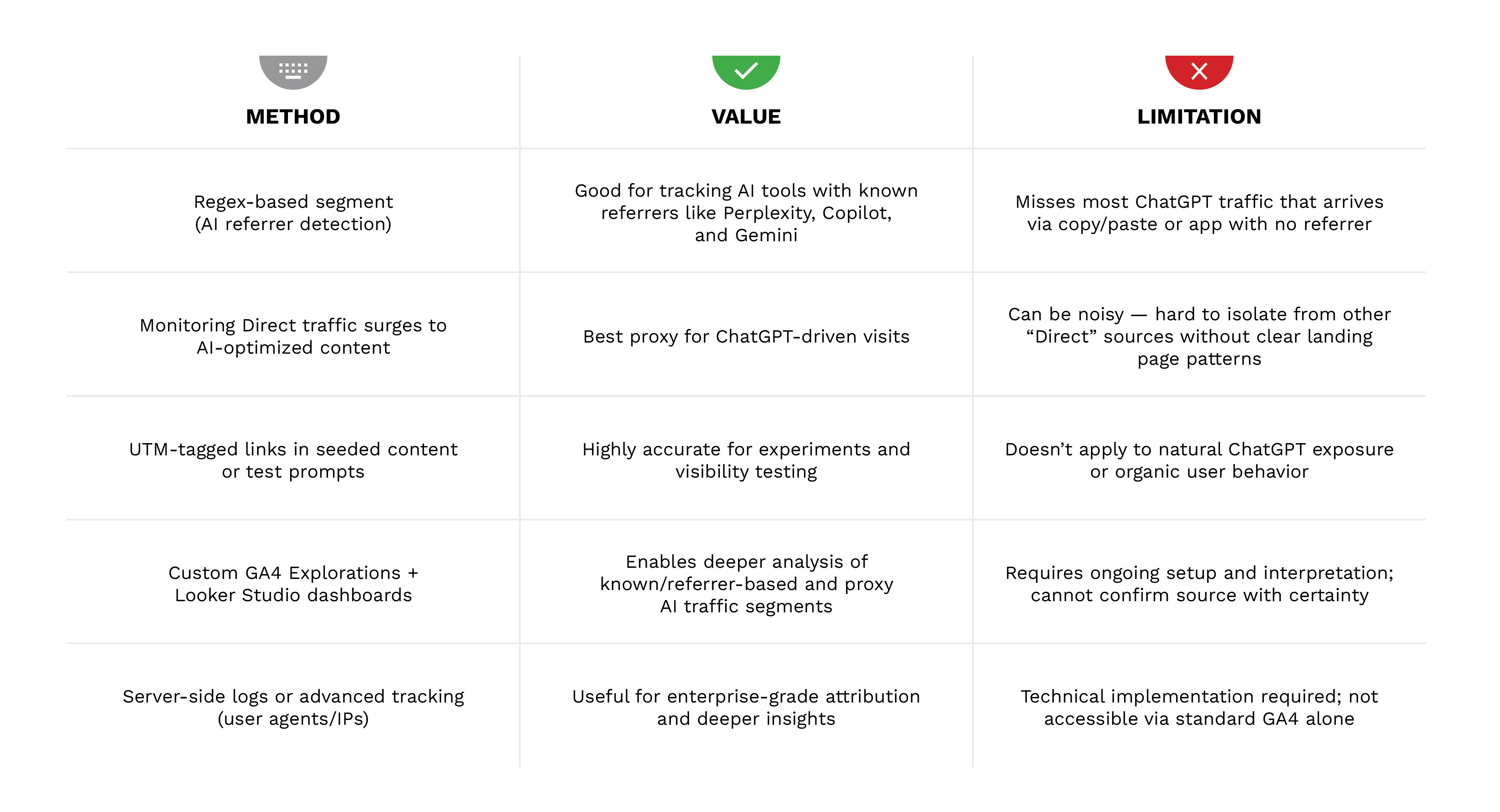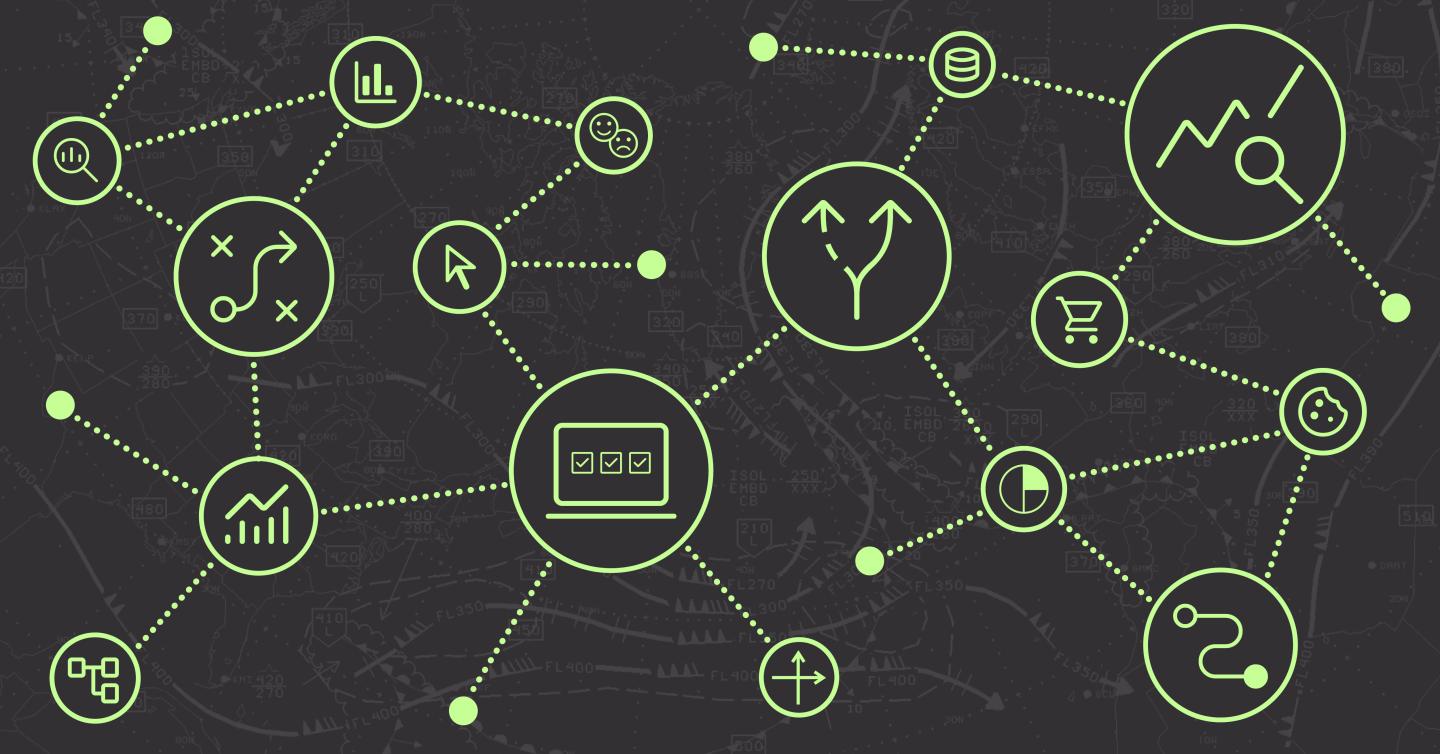Tracking AI Traffic in GA4: What’s Possible (and What’s Not)

Written by Leah Shaffran, SEO Director; Daniel Caponetti, Analytics Director; and Macee Rea, Digital Operations Manager.
With tools like ChatGPT, Claude, Gemini, and Perplexity shaping how users discover and interact with content, understanding AI-driven referral traffic is becoming an essential part of web analytics.
However, tracking traffic from ChatGPT and other AI platforms is not straightforward. Most LLMs don't behave like traditional referral sources. That's where we come in...
This Insights piece outlines:
- What’s possible to track in GA4
- What’s not (and why)
- Workarounds & best practices
- Trusted sources for further reading
What You Can Track in GA4
1. Traffic from AI tools that pass referrer headers
Some platforms do send referrer data when a user clicks a link:
- chat.openai.com
- perplexity.ai
- claude.ai
- gemini.google.com
- copilot.microsoft.com
2. "Direct + New User" proxies for ChatGPT traffic
Most ChatGPT users copy/paste URLs into their browser, not click them. This results in:
- No referrer header
- Traffic showing as “Direct”
- Often paired with: new user, long engagement, and landing on blog/FAQ pages
3. UTM links in test content
For controlled experiments, you can embed UTM-tagged links into content you know is getting picked up by ChatGPT or LLMs. Here is an example:
https://yoursite.com/post?utm_source=chatgpt&utm_medium=referral&utm_campaign=llmtest
You’ll then see that traffic explicitly in GA4’s Source/Medium dimensions.
What You Can't Reliably Track (Yet)
1. Copy/paste traffic from ChatGPT
ChatGPT and most LLMs do not pass referral data when users copy a URL and paste it into a browser. This traffic is indistinguishable from other "Direct" visits.
2. When ChatGPT summarizes without linking
ChatGPT may paraphrase your content without linking to it at all. These “invisible referrals” don’t generate any trackable traffic, even if your content informed the answer.
3. ChatGPT app behavior (mobile/desktop)
Traffic from the ChatGPT app often behaves like direct traffic or goes through a browser that suppresses referrer headers.
How to Report AI Traffic
Access Data in GA4:
- Use Explorations or Looker Studio.
- Segment by Session Source or Page Referrer.
- Filter GA4 by:
- Session source = direct
- New users = true
- Landing pages = blog posts, FAQs, how-tos
- Filter GA4 by:
- Use a regex filter like:
^(https://(www.meta.ai|www.perplexity.ai|chat.openai.com|claude.ai|chat.mistral.ai|gemini.google.com|chatgpt.com|copilot.microsoft.com|copy.ai)(/.)?|.(.openai|.groq|.metaai|.meta.com/ai).*)$
Create GA4 Explorations:
- Use session source, page referrer, and landing page as dimensions
- Segment by:
- Known AI referrer domains (see regex above)
- Direct + new user + high engagement sessions
- AI-optimized landing pages
Build a Looker Studio Dashboard:
Track these two traffic sources side by side:
- AI referrer-based traffic
- Direct + new user traffic to specific pages
Bottom Line: How to Track ChatGPT & AI Traffic in GA4

If you're curious to learn more or would like to tap Backbone for your data analytics needs, send us an email at Info@Backbone.Media.
